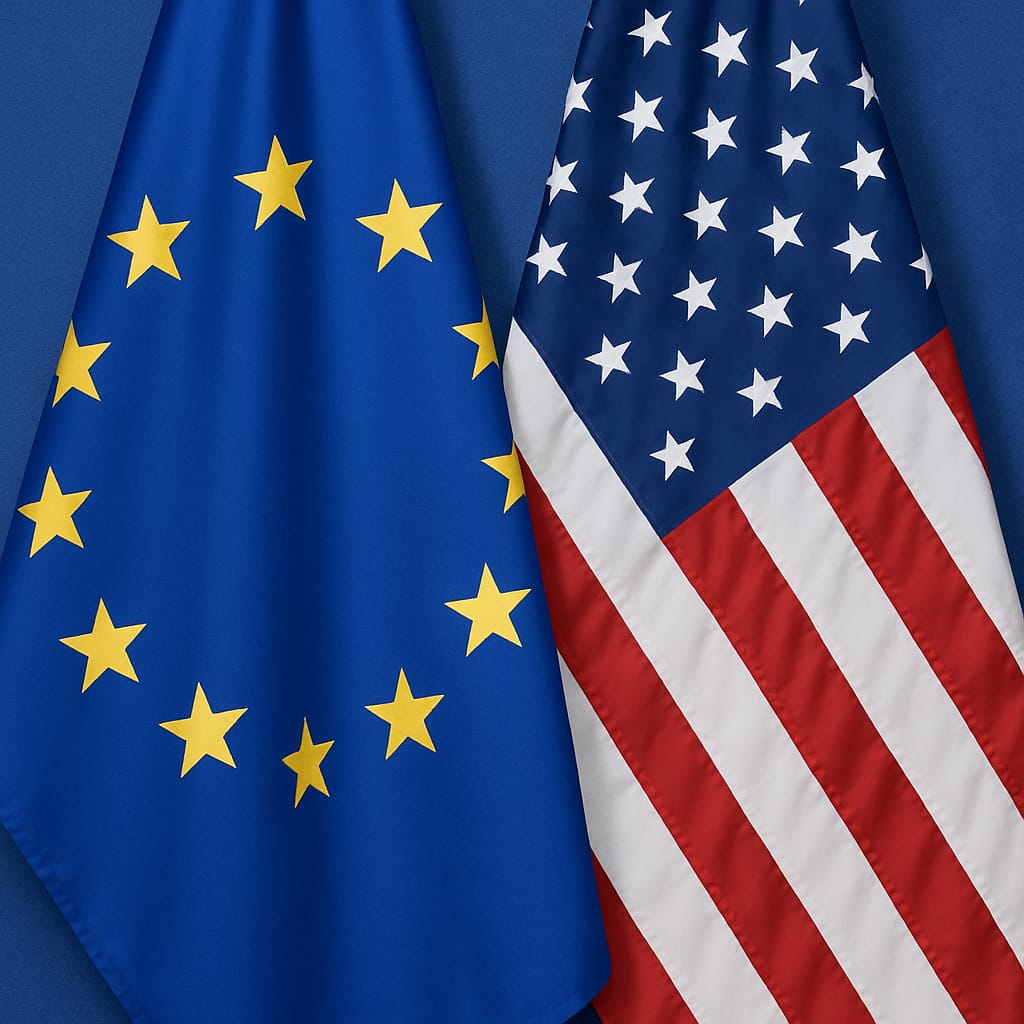Based on President Trump’s public statements about the EU-US trade deal announced on 27 July 2025, here’s how they align or potentially contradict the European Commission’s framing:

Points of Agreement
Both sides emphasize:
- The 15% tariff ceiling: Trump confirmed that the U.S. will impose a flat 15% tariff on most EU goods, including cars, which is consistent with the EU’s statement.
- Energy and investment commitments: Trump highlighted the EU’s agreement to purchase $750 billion in U.S. energy and invest $600 billion in the U.S., which matches the EU’s announcement.
- Strategic product exemptions: Both sides noted that certain products like aircraft parts, chemicals, and pharmaceuticals will receive special treatment or exemptions.
- Section 232 investigations: Trump acknowledged that pharmaceuticals and semiconductors will temporarily face 0% tariffs pending national security reviews, aligning with the EU’s description.
Here’s where Trump’s tone or framing may differ from the EU’s:
- Tariff Framing:
- Trump described the deal as a “very powerful” and “biggest of all the deals”, emphasizing tough negotiations and portraying the 15% tariff as a win for the U.S.
- EU framing presents the 15% as a ceiling that reduces existing tariffs (e.g., on cars from 25% + 2.5% MFN), suggesting relief rather than escalation.
- EU Expectations:
- Reports indicate that Europe had hoped for lower tariffs, around 10%, and some EU officials expressed relief mixed with concern over the final deal.
- Trump’s tone suggests the EU market was “essentially closed” and now “opened up,” which may not reflect the EU’s view of its own openness.
- Military Purchases:
- Trump mentioned that the EU would be “purchasing hundreds of billions of dollars worth of military equipment”, a claim not mentioned in the EU’s official statement.
- Steel and Aluminum Tariffs:
- Trump indicated that 50% tariffs remain for now, with a quota system to be negotiated. The EU emphasized cutting tariffs and protecting against global overcapacity, suggesting a more cooperative tone.
Moreover: the EU-US trade deal announced on 27 July 2025 is a political agreement and not legally binding until it is formally ratified through the EU’s internal procedures, which may require approval from all 27 member states.









